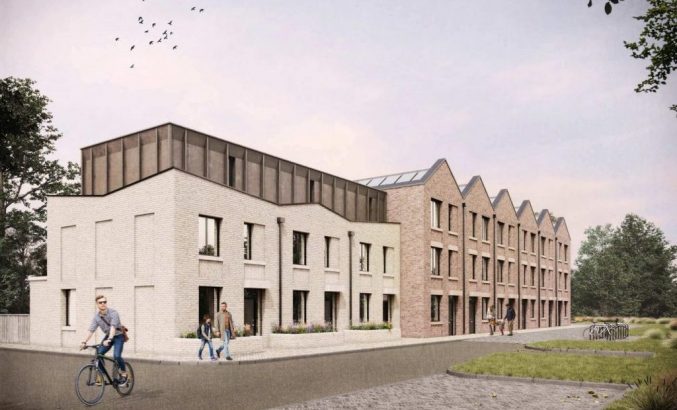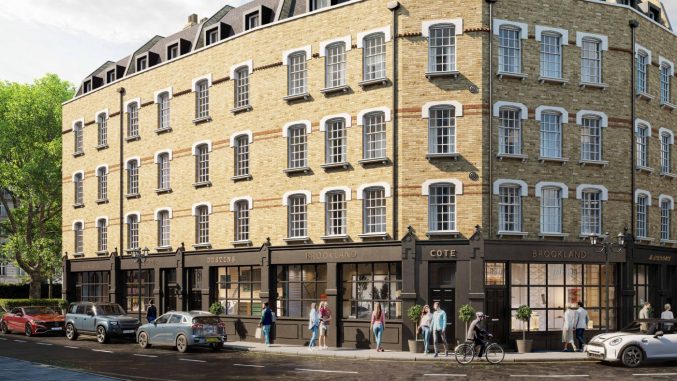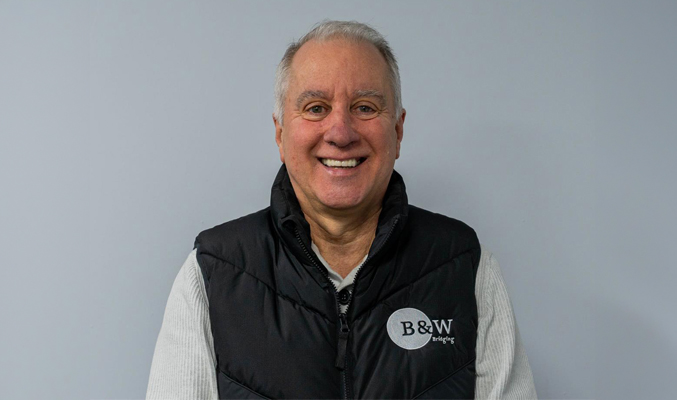What is Stamp Duty & Stamp Duty Holidays? A Complete Guide
By Helen Jackson

What is stamp duty and how does it work?
Stamp duty is a tax you pay on property or land you purchase, usually between 2% and 12% of the property price. The price you pay depends on your circumstances, i.e. whether you’re a first-time buyer, buying your next home, or buying an additional property. Stamp duty is paid up to 14 days after you’ve completed on the property.
Where did stamp duty come from and how long has it been around?
The version of stamp duty that’s around today came from the Netherlands almost 400 years ago and was introduced in the UK in 1694 — it’s the oldest tax still collected by Inland Revenue.
Why does stamp duty exist?
Stamp duty was first introduced under the reign of William III and Mary II and was initially viewed as a temporary way to fund the war with France. It became a great way to increase revenue for the government that it still remains today.
How much is UK stamp duty in 2021?
How much stamp duty tax you pay depends on whether you’re buying your first property, moving to another property, or purchasing an additional property. As a first time buyer, you can purchase a house for up to £300,000 before paying any stamp duty.
If you’re buying your next house, you don’t pay stamp duty on property purchases lower than £125,000. And if you’re buying an additional property, you’ll, unfortunately, be paying tax on any property you purchase over £40,000.
For more about stamp duty thresholds scroll down to “What is the stamp duty threshold?”
How has the cost changed over the years?
Just as with the price of anything, stamp duty costs have increased over the years, along with house prices. From 1984 to late 1991, buyers had to pay 1% on properties over £30,000. The following two years, in response to the recession, the stamp duty threshold was increased, and buyers didn’t have to pay anything if they purchased the property for less than £250,000.
Over the decades, stamp duty has largely ebbed and flowed with the economy, with taxes waived as Brits got back on their feet, and the government gave the housing market a chance to grow once more.
When is Stamp duty payable?
After you’ve completed the purchase of your property, you have 14 days to file your SDLT (Stamp Duty Land Tax) return. If you’re working alongside a solicitor or conveyancer, they will pay the stamp duty on your behalf.
What is the stamp duty threshold?
The threshold is different depending on your circumstances. If you’re a first-time buyer, the threshold is £300,000 before you pay any stamp duty. If you’re purchasing your next home, you can purchase property up to £125,000 before paying stamp duty. If you’re purchasing an additional property, there’s a 3% surcharge on top of the threshold bands, unless you purchase a property for less than £40,000, in which case, you don’t pay the additional 3%.
Can you pay in instalments?
Unfortunately, no. You must pay your stamp duty tax in full to HMRC within 14 days of completion. If you cannot afford to pay the stamp duty tax you owe, you could consider taking out a larger loan, putting down a smaller deposit or renegotiating the property price.
Can you reclaim payments?
If you purchase an additional property but then go on to sell your previous main property, you can apply for a repayment of the higher rate of stamp duty you paid from HMRC. You can apply for it if you’re the owner, or you can have an agent act on your behalf if you’ve sold the main residence within three years of purchasing your other property.
Do first-time buyers pay stamp duty?
If you’re a first-time buyer, you might be wondering whether you’re exempt from paying stamp duty. Although first-time buyers are not exempt, they can purchase a property up to the price of £300,000 without paying stamp duty. If you purchase a property between £300,001 – £925,000, you will pay 5% stamp duty, and for properties priced between £925,001 – £1,500,000, you will pay a 10% stamp duty tax. Anything exceeding this price will cost you 12% in tax.
What about second time and multiple buyers?
If you’re looking to buy your next home or purchase additional property, the tax thresholds are different.
As a second-time buyer, you can expect to pay the rates listed in the table below. If you’re purchasing an additional property, you pay a further 3% on top of the below rates.
Purchase price of property |
Stamp duty rate |
| £0 – £125,000 | 0% |
| £125,001 – £250,000 | 2% |
| £250,001 – £925,000 | 5% |
| £925,001 – £1,500,000 | 10% |
| Over £1.5 million | 12% |
Can you add stamp duty to a mortgage?
The only way for your mortgage loan to cover the stamp duty tax is by taking out a bigger loan. Then you can pay for the stamp duty out of your loan. Alternatively, you can put down a smaller deposit and use some of that money to pay your stamp duty.
Do you pay stamp duty on commercial property?
Yes, you do pay stamp duty tax on commercial property. The threshold property value is £150,000, so if you purchase commercial property up to this value, you do not pay stamp duty. After that, just like with residential property, tax is charged in bands depending on property value. In England, if your commercial property is valued between £150,001 and £250,000, you’ll pay 2% stamp duty. If it’s £250,001+, you’ll pay 5%.
Do limited companies pay stamp duty?
Yes, limited companies are not exempt from paying stamp duty on multiple properties. If companies purchase additional properties, they will still pay the 3% surcharge any individual will pay.
Can you avoid paying stamp duty?
No, you can’t. The only way to reduce the stamp duty you pay is by negotiating the property price. The less you pay for the property, the less stamp duty tax you pay.
What is a stamp duty holiday and when have they been used?
When Covid-19 hit, the housing market came to a standstill. To get the country buying and selling houses once again, the government introduced a stamp duty holiday. From 8 July 2020 to 30 June 2021, stamp duty tax was waived on all residential property purchases below £500,000 — regardless of whether you were a first-time buyer or buying your next home.
Is there currently a stamp duty holiday or any plans for a future one?
As of 1st October 2021, stamp duty rates have returned back to normal, and the government has said there aren’t currently any plans to re-introduce a holiday again.
Tips and help for paying stamp duty
Because stamp duty is unavoidable, you should always work out whether you can afford the stamp duty and other associated costs when buying property before you make an offer. You can reduce the amount of tax you pay by negotiating the property purchase price or make payment by reducing your deposit.
Looking for more information on bridging loan interest rates or advice on how to fund your property development project? We’ve got you covered — dive into our guide section.










You must be logged in to post a comment.